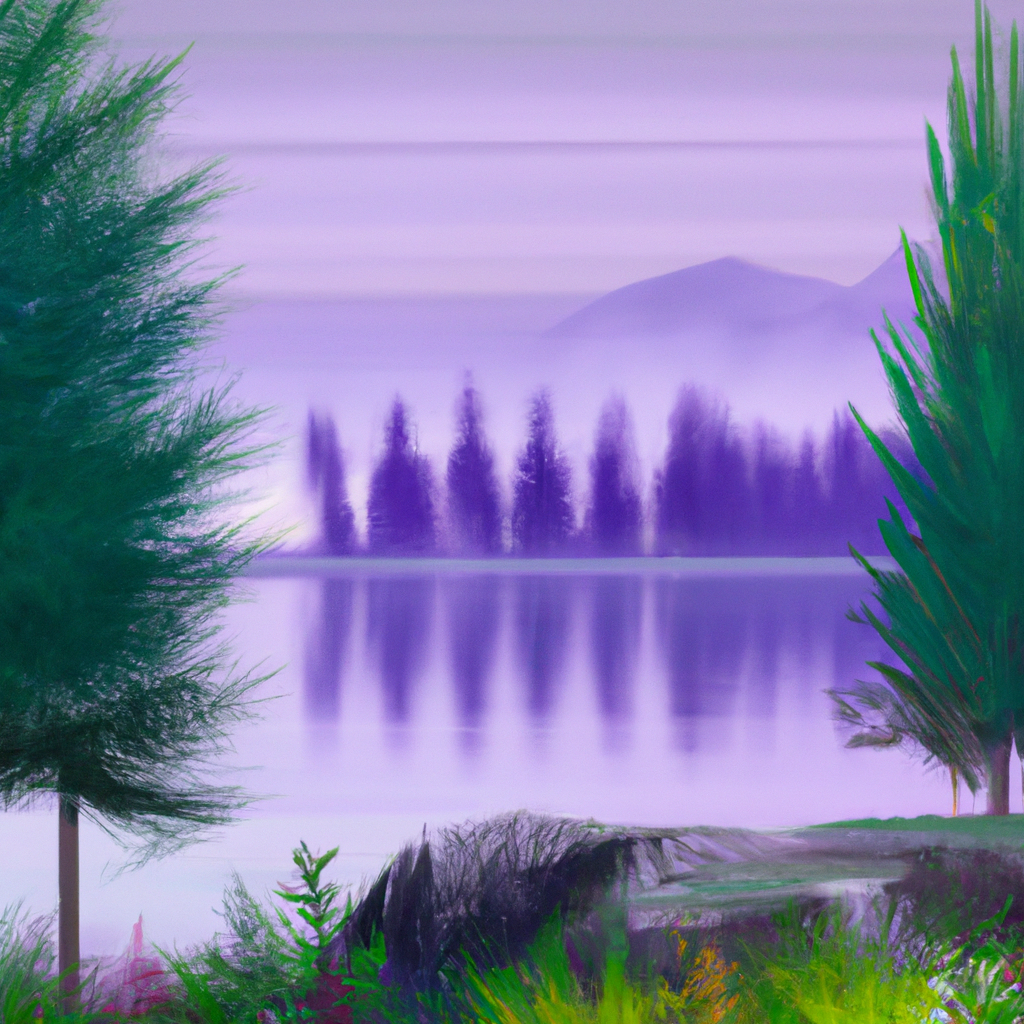Hyper-realistic painting is a style of realistic art that aims to create an illusion of reality that can fool the eye into believing that it is looking at an actual photograph. This technique requires a lot of skill, patience, and attention to detail. In this article, we will discuss some techniques and tips that can help you create a hyper-realistic painting.
Techniques for Creating a Hyper-Realistic Painting
1. Choose the Right Medium
The choice of medium plays a crucial role in creating a hyper-realistic painting. Oil painting and acrylic painting are the most commonly used mediums for this style of art. Oil paints have a longer drying time, which allows the artist to blend the colors and create a smooth surface. Acrylic paints dry faster, making it easier to layer the colors.
2. Create a Detailed Sketch
Before starting the painting, it is essential to create a detailed sketch of the subject. This sketch will help you to plan your composition, identify the light source, and make sure that the proportions are correct. This step is crucial because any mistake in the sketch will be magnified in the final painting.
3. Use High-Quality Paints and Brushes
To create a hyper-realistic painting, it is essential to use high-quality paints and brushes. The quality of the materials you use will affect the final outcome of your painting. Invest in high-quality brushes that will allow you to create fine details. Use professional-grade paints that have a high pigment concentration and are lightfast.
4. Build Up Layers
Hyper-realistic paintings are created by building up layers of paint. Start with a thin layer of paint and gradually build up the layers. This technique will help you to create a smooth surface and blend the colors. Use a dry brush to blend the colors and create a smooth transition between them.
5. Pay Attention to the Details
Hyper-realistic paintings are all about the details. Pay close attention to the small details, such as the texture of the skin, the reflection in the eyes, and the folds in the clothing. Take your time and work slowly to ensure that every detail is perfect.
6. Use Reference Photos
Using reference photos is essential when creating a hyper-realistic painting. Take multiple photos of the subject from different angles and in different lighting conditions. Use these photos as a reference when creating your painting. Make sure that the lighting in your painting matches the lighting in the reference photos.
7. Work from the Background to the Foreground
When creating a hyper-realistic painting, it is best to work from the background to the foreground. This technique will help you to create depth and dimension in your painting. Start with the background and gradually work your way forward.
8. Take Breaks
Creating a hyper-realistic painting can be a time-consuming process. It is essential to take breaks and step away from your painting from time to time. This will help you to stay focused and avoid getting burnt out.
Tips for Creating a Hyper-Realistic Painting
1. Practice, Practice, Practice
Creating a hyper-realistic painting requires a lot of skill and practice. Keep practicing and experimenting with different techniques until you find what works best for you.
2. Use a Grid
Using a grid can be helpful when creating a hyper-realistic painting. Divide your reference photo into a grid and use the same grid on your canvas. This will help you to accurately transfer the details from the reference photo to your canvas.
3. Experiment with Different Brushes
Experiment with different brushes to find the ones that work best for you. Use small brushes to create fine details and larger brushes to cover larger areas.
4. Use the Right Lighting
Lighting plays a crucial role in creating a hyper-realistic painting. Make sure that your workspace is well-lit, and the lighting is consistent with the reference photos.
5. Don’t Be Afraid to Make Mistakes
Creating a hyper-realistic painting is a time-consuming process, and mistakes are bound to happen. Don’t be afraid to make mistakes and learn from them. Mistakes can help you to improve your skills and create better paintings in the future.
Conclusion
Creating a hyper-realistic painting is a challenging but rewarding process. It requires patience, attention to detail, and a lot of practice. By following these techniques and tips, you can improve your skills and create stunning hyper-realistic paintings. Remember to be patient, take your time, and enjoy the process. Happy painting!







